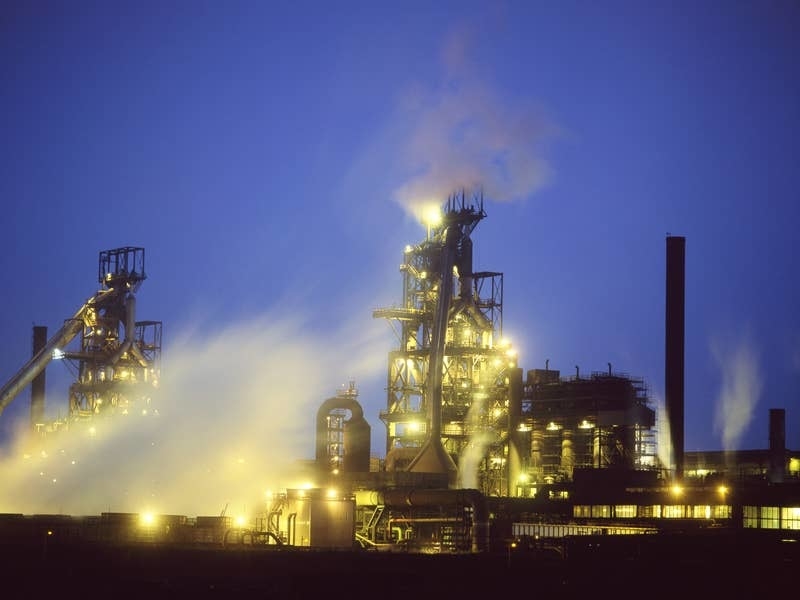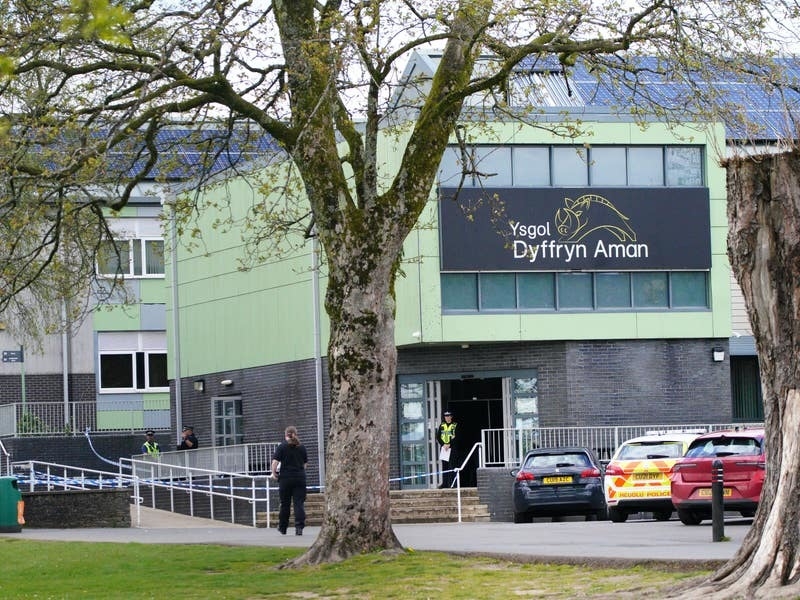There aren’t many places in the world where the daily commute to work is akin to a historical tour, taking in castles and forts, Neolithic and Nazi fortifications, ancient standing stones and dolmens and centuries-old granite farmhouses and fishermen’s cottages.
Add to that the breathtaking scenery of dunes, mar-shes, heathland, towering cliffs, wide sandy beaches and intertidal zones stretching for miles at low water, and we have a far richer and more diverse heritage than cities such as Rome, where history oozes from every nook and cranny.
So why doesn’t Jersey rank among the 878 locations recognised by the United Nations Educational, Scientific and Cultural Organisation as world heritage sites?
The first sites in the British Isles to be accorded world heritage status in 1986 included the Giant’s Causeway, Durham Castle and Cathedral, the island of St Kilda, and Stonehenge. Since then the list has grown significantly with such notable additions as Westminster Abbey, the Tower of London and Devon’s Jurassic Coast. They rank in cultural and historical importance alongside the Pyramids, Australia’s Great Barrier Reef, the Great Wall of China, Moscow’s Kremlin and Red Square, the Taj Mahal and the Grand Canyon.
Quite a diverse collection, but Unesco are aspiring to protect and preserve heritage sites not just for their significance to a country, people or religion, or as an example of man’s ingenuity, but because each site is considered to be of outstanding value to humanity.
Noble aspirations, and it is obvious why Jersey would want to join such a prestigious club, but we are not masters of our own destiny.
Before local sites can compete on the world stage, they have to make the British shortlist — 25 nominees long at the last bid, most of which failed to make the grade. And that waiting list grows ever longer with national treasures such as the Lake District, the Cairngorms, the New Forest and the Forth railway bridge waiting in the wings for the next round of bids.
Unfortunately, there is no one site in the Island — not even La Hougue Bie or Mont Orgueil — which is considered eligible for world heritage status. Mont Orgueil was nominated ten years ago, along with La Cotte de St Brelade, but both fell at the first hurdle.
Jersey’s best hope is to throw its lot in with our sister bailiwick. The suggestion for the Channel Island fortifications to be considered for inclusion in the British shortlist is under consideration at ministerial level, but it is not new. Five years ago, Planning commissioned consultants to undertake a survey of heritage sites. They concluded that if Guernsey and Jersey worked together, the bid for inclusion on the British shortlist would be a surefire winner. Since then, local historians and a clutch of ‘outside experts’ have joined the chorus.
What makes our fortifications so compelling is the fact that they tell a story of little islands with strategic significance stretching over millennia from the Iron Age to the Second World War. Among those who deemed this little rock worthy of protection were the Dukes of Normandy, Good Queen Bess, and the likes of General Don. Even Adolf Hitler, delighted to have a slice or two of British soil, ordered the construction of bunkers from Braye Harbour to Elizabeth Castle.
Should the bailiwicks agree to bid jointly for world heritage status, a case will have to be made, and that comes at a cost.
The average nomination to Unesco, with associated lobbying, presentations and various means of persuasion, reputedly consumes in the region of £250,000. Where would that kind of money come from, and at the expense of what?
Nor would the implications end at the listing. Standards have to be maintained, and listed sites must be managed in sustainable ways — otherwise the world heritage status can be withdrawn.
There is no desire among local politicians to invest vast amounts of money in heritage as it is, so is it even worth pursuing such a lofty objective when there is no guarantee of success? Jersey looks the way it does, and boasts such a rich diversity of historic attractions, not because of public money spent wisely, but largely thanks to private bodies and landowners or grant-aided organisations. When there is plainly not enough public cash invested in our existing heritage structure and worthy aspirations, it would be foolhardy to seek nomination. Especially if it is sought for political kudos over common sense maths.
Moreover, it could be argued that what was once an exclusive club has, by virtue of its rapid growth, become devalued and turned into yet another money-spinning marketing ploy to corner the heritage tourism trade.
The fame of the Seven Wonders of the Ancient World endures to the modern day, but with 878 world heritage sites — and rising — this accolade is in danger of becoming yet another brand to attach at ticket desks and on guidebooks, while spawning yet more visitor centres, car parks and guided tours.
Who cannot marvel at the Great Wall of China, the Pyramids and the Great Barrier Reef for their obvious importance to our world and humanity? But can we honestly be equally overawed by the latest world heritage sites: the Albula and Bernia railway in Switzerland, six blocks of early 20th century modernist flats in Berlin or the Antoine Wall in Scotland which marked the northern extremity of the Roman Empire?
If such ‘mundane’ candidates are worthy of inclusion, why not La Hougue Bie and Mont Orgueil?
They mean more to us, our culture and sense of place in humanity, than the Berlin flats do to the average German, or a stretch of the railway — no matter how breathtaking the scenery — to the Swiss.






